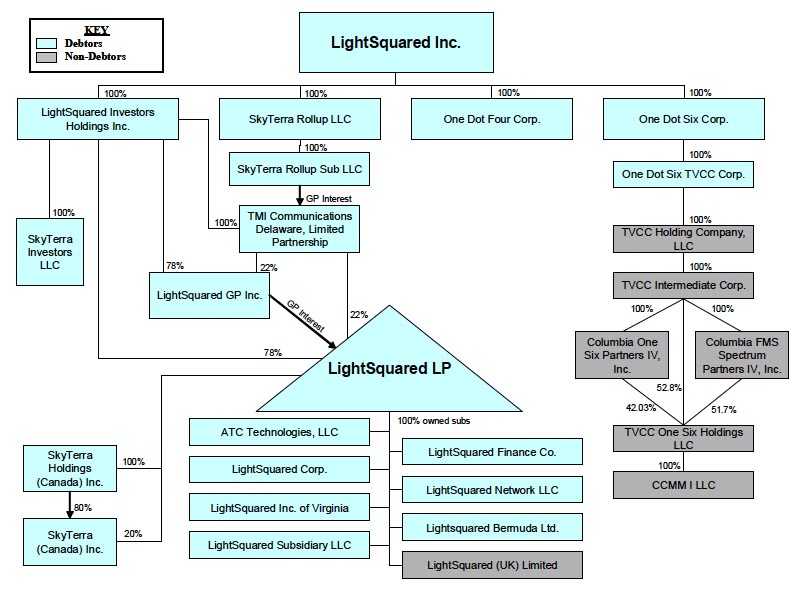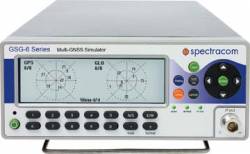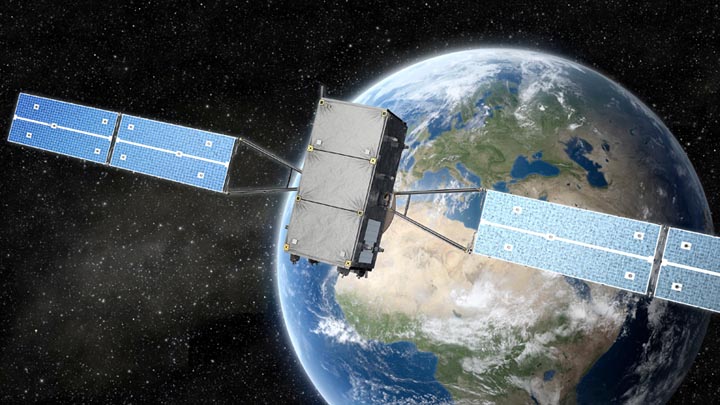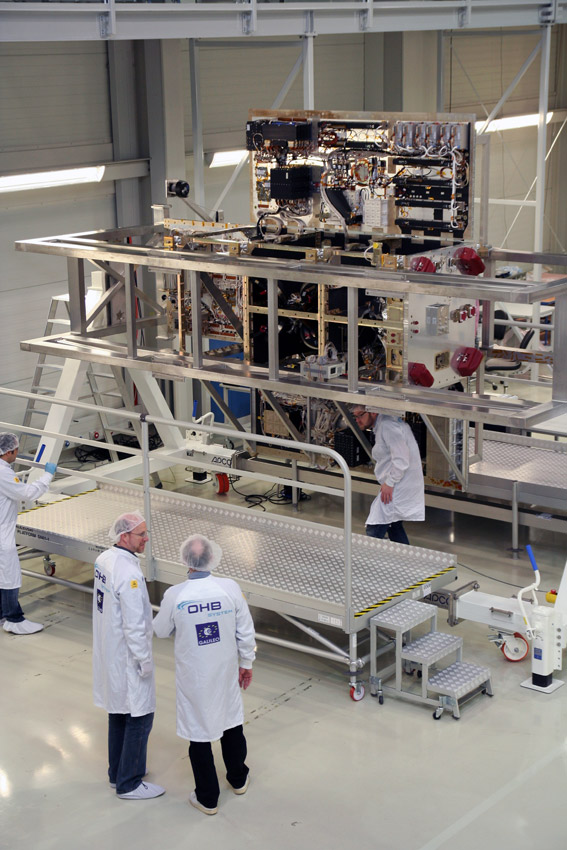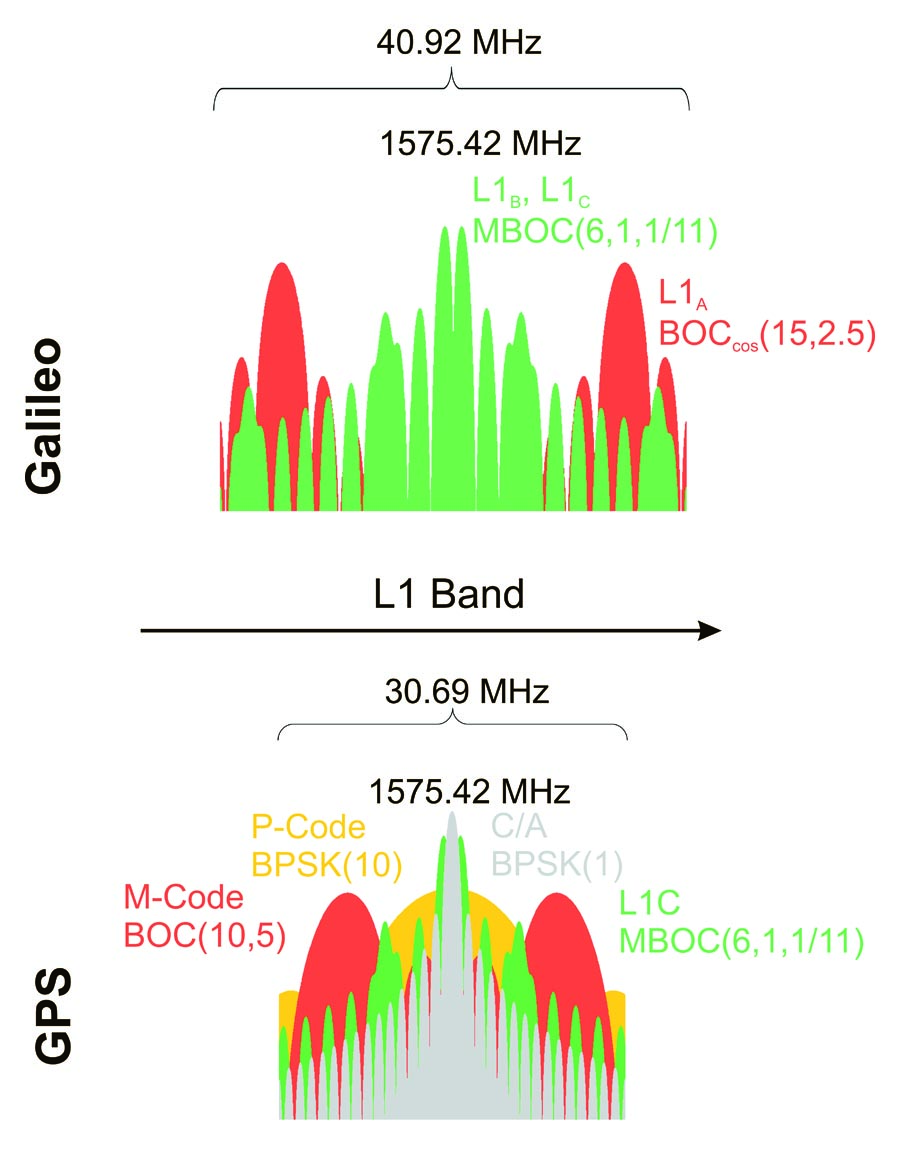9th Annual Time and Frequency Metrology Seminar

The National Institute of Standards and technology (NIST) offers this comprehensive course on clocks, oscillators, atomic frequency standards, quantum information and more for those who work with time and frequency systems at all levels of experience.
The seminar will take place June 5 through 8 at the NIST laboratories in Boulder, Colorado, source of the United States’ official time.
By Inside GNSS





